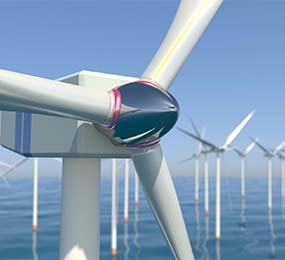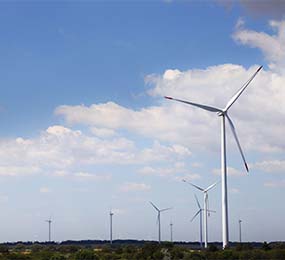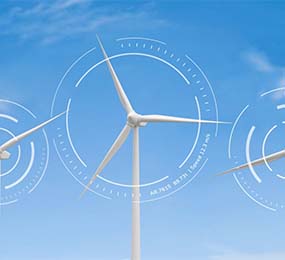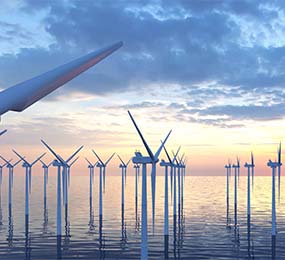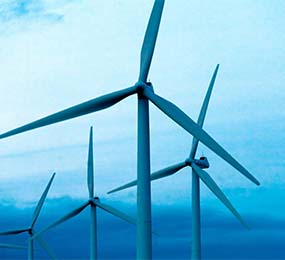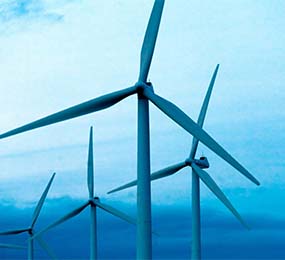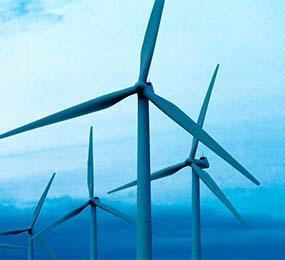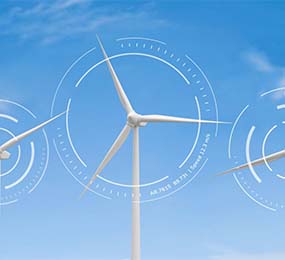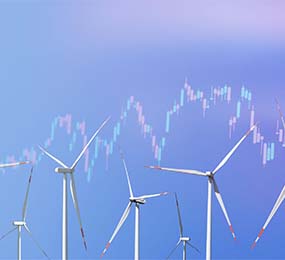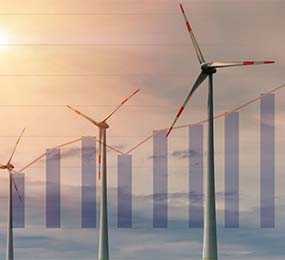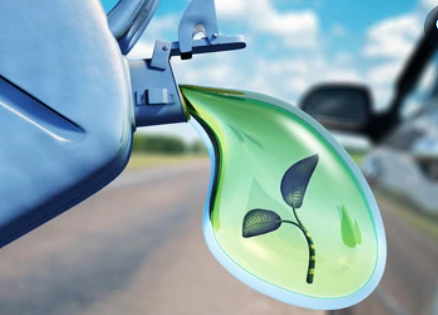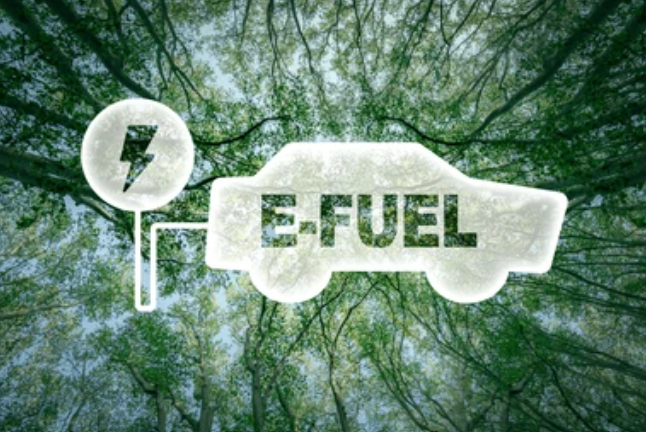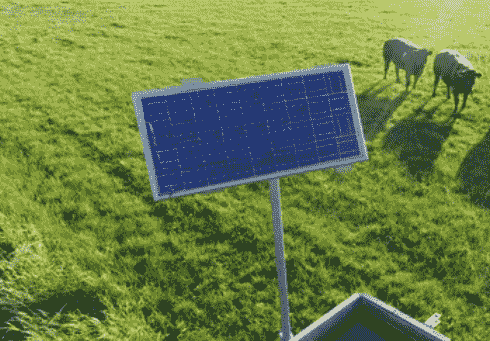The rapid growth of the wind energy sector necessitates sustainable solutions for managing end-of-life wind turbine blades. These massive structures, primarily composed of fiberglass and resin, pose significant recycling challenges. However, advancements in technology and a growing focus on circular economy principles are paving the way for more sustainable recycling practices.
1. Innovative Recycling Technologies:
- Mechanical Recycling: This involves shredding blades into smaller pieces, which can then be used as fillers in construction materials like concrete and asphalt.
- Chemical Recycling: Processes like pyrolysis and solvolysis break down the composite materials into their constituent parts, allowing for the recovery of valuable materials like glass fibers and resins.
- 3D Printing: Advanced 3D printing technologies can utilize recycled blade materials to create new components for wind turbines and other applications.
2. Material Recovery and Reuse:
- Fiber Recovery: Innovative techniques are being developed to extract and purify glass fibers from the composite matrix, enabling their reuse in new composite materials.
- Resin Recovery: Chemical recycling processes can recover resins, which can be used to produce new plastics or as a fuel source.
- Repurposing: Exploring innovative ways to repurpose entire blades or sections of blades, such as using them as structural components in buildings or infrastructure projects.
3. Circular Economy Principles:
- Design for Recycling: Incorporating end-of-life considerations into the design and manufacturing process of wind turbine blades, such as using more easily recyclable materials and modular designs.
- Extended Producer Responsibility: Implementing policies that hold manufacturers responsible for the end-of-life management of their products, incentivizing the development of sustainable recycling solutions.
- Collaboration and Partnerships: Fostering collaboration among manufacturers, recyclers, researchers, and policymakers to develop and implement effective recycling strategies.
4. Policy and Regulatory Support:
- Incentivizing Recycling: Implementing policies and financial incentives to encourage the development and adoption of sustainable recycling technologies.
- Reducing Barriers to Entry: Streamlining regulations and permitting processes for recycling facilities to facilitate the growth of the recycling industry.
- Promoting Research and Development: Investing in research and development of new materials, technologies, and recycling processes to improve the sustainability of wind energy.
By embracing these sustainable recycling practices, the wind energy industry can transition towards a circular economy model where resources are conserved, waste is minimized, and the environmental impact of wind energy is significantly reduced.
Register today and join us: https://bit.ly/41bhxer.
For more information and group participation, contact us: [email protected]


